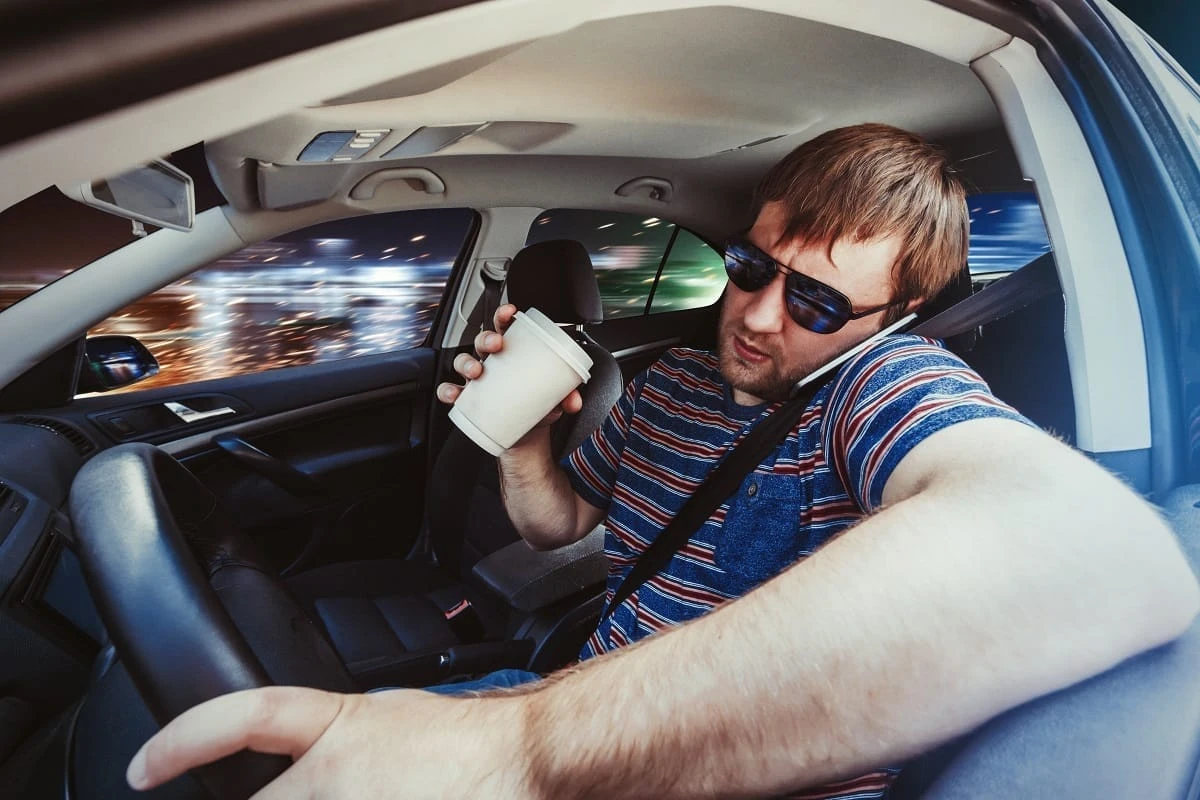
Drivers are more distracted than ever. They’re talking on the phone and texting while driving. They’re using GPS and cell phones. They’re live streaming and taking selfies – all while operating a motor vehicle.
And the outlook is sobering: Distracted driving isn’t going anywhere anytime soon.
One of the most common myths about distracted driving – one that many distracted drivers use to justify their behavior – is that they can safely multitask while driving. That is, they can safely talk on a phone while simultaneously operating a motor vehicle.
Unfortunately, research shows that humans are not good at multitasking.
When people try to do two thinking tasks at once – talking on a cell phone and driving, for example – their brains switch between the tasks. They cannot fully concentrate on both tasks at once.
Additionally, people cannot quickly switch between tasks.
Our brains are simply not designed for multitasking.
When drivers make excuses to justify distracted driving – like claiming to be good at multitasking – their behavior won’t change. When drivers refuse to change their behavior, distracted driving will continue to be a problem.
What To Do About Distracted Driving
- Eliminate distractions: Take a zero-tolerance approach to distracted driving. Don’t use your phone while driving (iPhone users can enable Do Not Disturb While Driving). Program your GPS before starting out. Get into the habit of using your phone before you drive – not while you are driving.
- Talk to your family members: Communicate the importance of safe driving with your family members and friends. Share statistics about distracted driving with them. Encourage them to immediately stop engaging in distracted driving – and model good behavior yourself.
Free consultation: To speak to an attorney about your legal options after a car accident caused by a distracted driver, please call us at (713) 222-7211.
